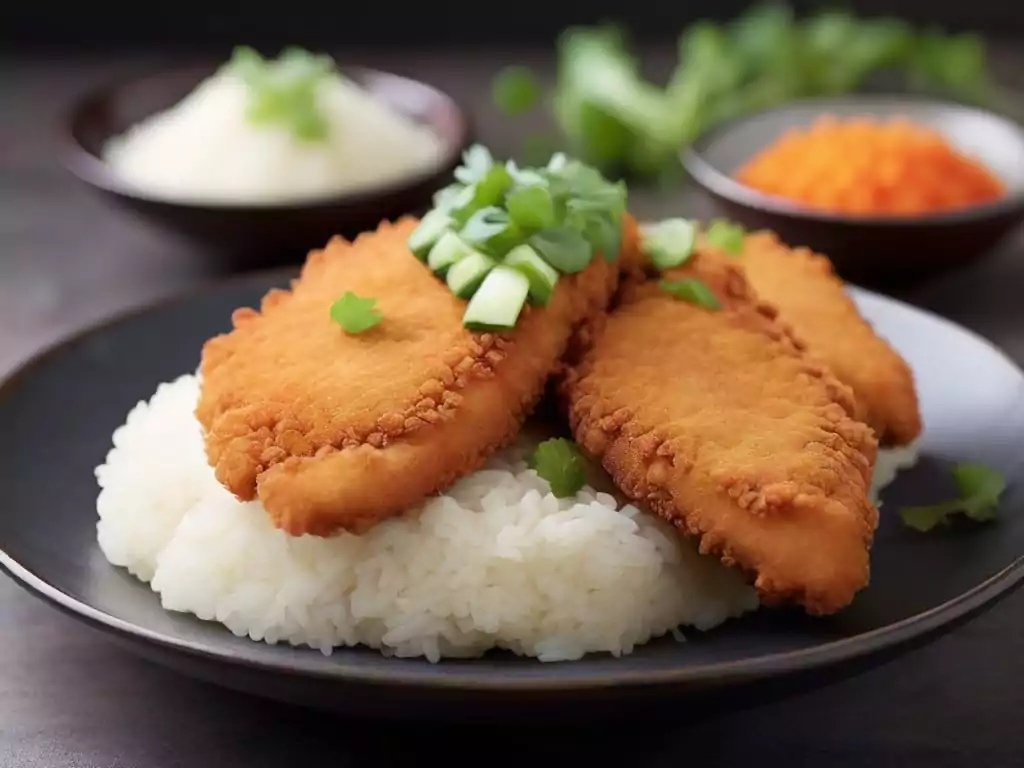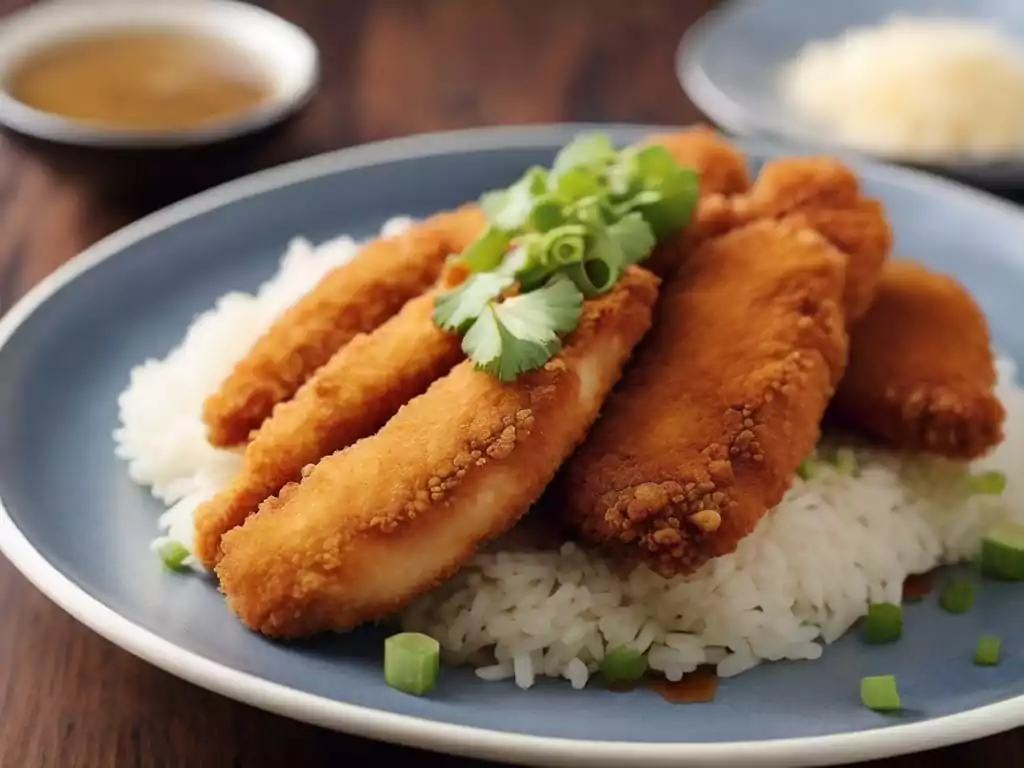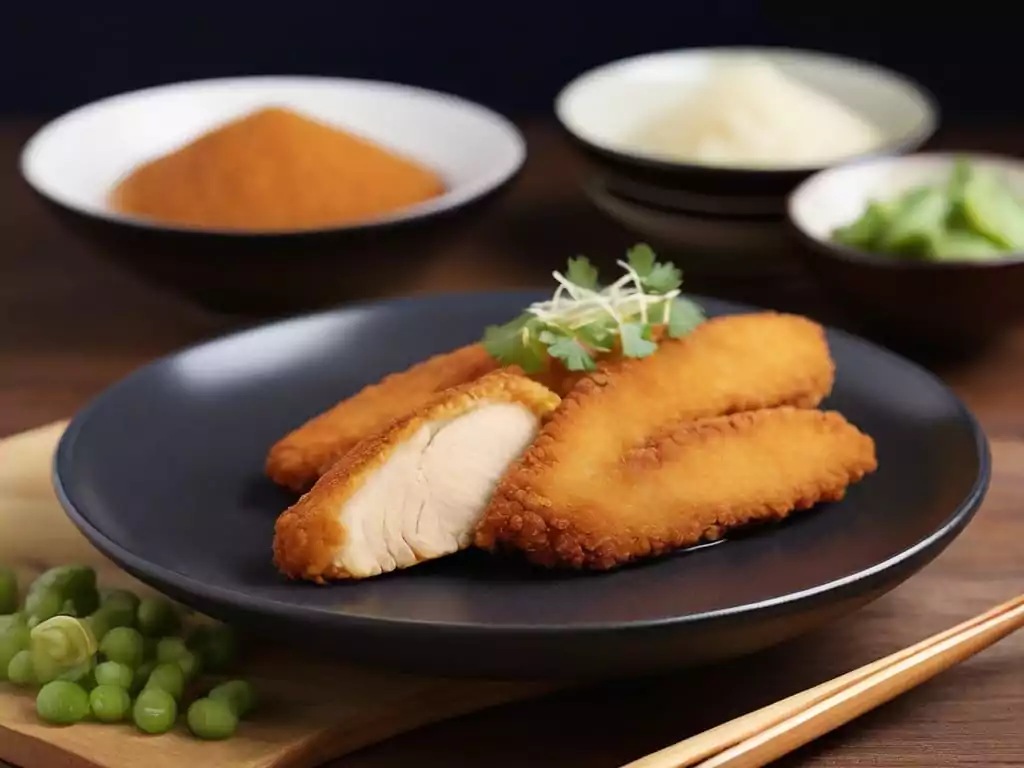Overview of Chicken Katsu
The Origins and Popularity of Chicken Katsu
chicken katsu recipe, a dish that effortlessly marries simplicity with flavor, has its roots deeply embedded in Japanese cuisine. Initially inspired by Western culinary practices, it has evolved into a quintessential Japanese comfort food. The term “katsu” itself is a Japanization of the word “cutlet,” referring to the method of preparing the chicken.
Now, why does chicken katsu enjoy such widespread adoration? Well, for starters, its golden-brown, crispy panko breadcrumb coating is irresistible. Beneath this crunchy exterior lies a slice of chicken that’s so tender and juicy, it practically melts in your mouth. This delightful contrast is what makes chicken katsu a staple in not just Japanese restaurants worldwide, but also in the hearts of food lovers across the globe.
A Culinary Staple Across Cuisines
The versatility of chicken katsu is truly remarkable. While it remains a staple in Japanese bistros and homes, its influence stretches far and wide, finding a special place in the menus of various international cuisines. From the traditional katsu curry in Japan to the innovative katsu sando in trendy London cafes, chicken katsu has shown it can reinvent itself in myriad ways.
Moreover, its simplicity is key to its global appeal. With ingredients readily available and a preparation method that’s both straightforward and satisfying, chicken katsu offers a gateway to Japanese cooking for novices and seasoned chefs alike.
In essence, chicken katsu is more than just a dish; it’s a culinary phenomenon that transcends cultural and geographical boundaries. As we peel back the layers of its crispy coating, we uncover a story of adaptation, innovation, and global appreciation that is as rich and rewarding as the dish itself. Stay tuned as we continue to explore the ingredients, preparation, and the many faces of chicken katsu in the upcoming sections.
Ingredients and Preparation
When diving into the heart of making chicken katsu, it’s all about nailing the right ingredients and following a meticulous preparation process. Truly, the magic lies in the simplicity of the components and the precision of each step. So, let’s roll up our sleeves and get into the nitty-gritty of what makes chicken katsu a beloved dish worldwide.
Main Ingredients
At the core of chicken katsu are a few simple, yet essential ingredients. First off, the chicken itself. Ideally, you’d go for boneless chicken breasts or thighs, depending on your preference for leaner or juicier meat. The key? Ensuring each piece is tenderized to an even thickness for that perfect cook.
Next, the breading – the crispy outer shell that gives chicken katsu its signature crunch. We’re talking about a triple-layered affair: flour, beaten eggs, and, most importantly, panko breadcrumbs. These Japanese breadcrumbs are coarser than their western counterparts, resulting in a lighter, airier crust.
Preparation Steps
The journey to a mouth-watering chicken katsu starts with marinating the chicken. While some might skip this step, marinating in a simple mixture of soy sauce, garlic, and a touch of sugar can infuse the meat with flavors that sing through the crispy coating.
Breading the chicken is where the fun really begins. Each piece of chicken is first dusted in flour, dunked in beaten egg, and then liberally coated in panko breadcrumbs. It’s a dance of dipping and coating that ensures every inch is covered in that crucial crispy layer.
Frying is the grand finale. A deep skillet filled with oil heated to just the right temperature crisps the breaded chicken to a golden brown without soaking it in grease. It’s a delicate balance, but when done right, the result is a crispy exterior with a succulently juicy interior that’s hard to resist.
By adhering to these steps and treating each ingredient with respect, you’re well on your way to crafting an authentic chicken katsu that could rival any found in the bustling streets of Tokyo. The simplicity of the ingredients belies the complexity of flavors and textures achieved, making chicken katsu a testament to the beauty of Japanese cuisine.



